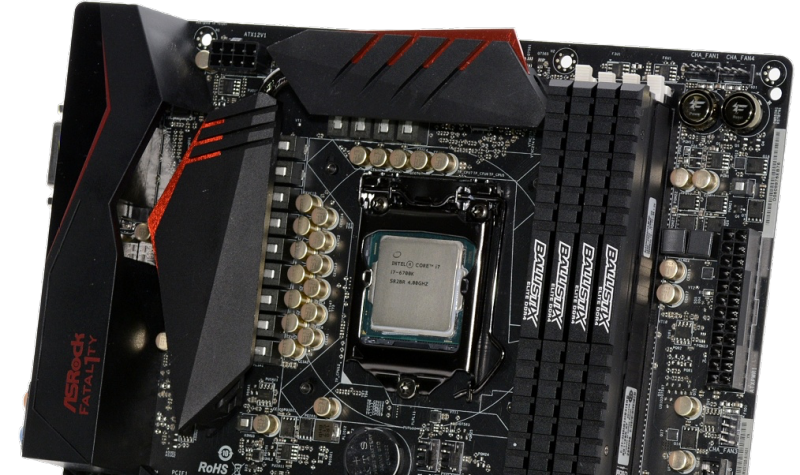Nvidia will introduce faster next-gen Ampere GPUs next month. That's exciting, but we've got a tough choice to make. The new graphics cards will support PCIe 4.0, but our GPU test system that was just upgraded to a Core i9-10900K, doesn't. Should we go Ryzen 9 instead?
https://www.techspot.com/review/2084-amd-or-intel-for-gaming-benchmarking/



